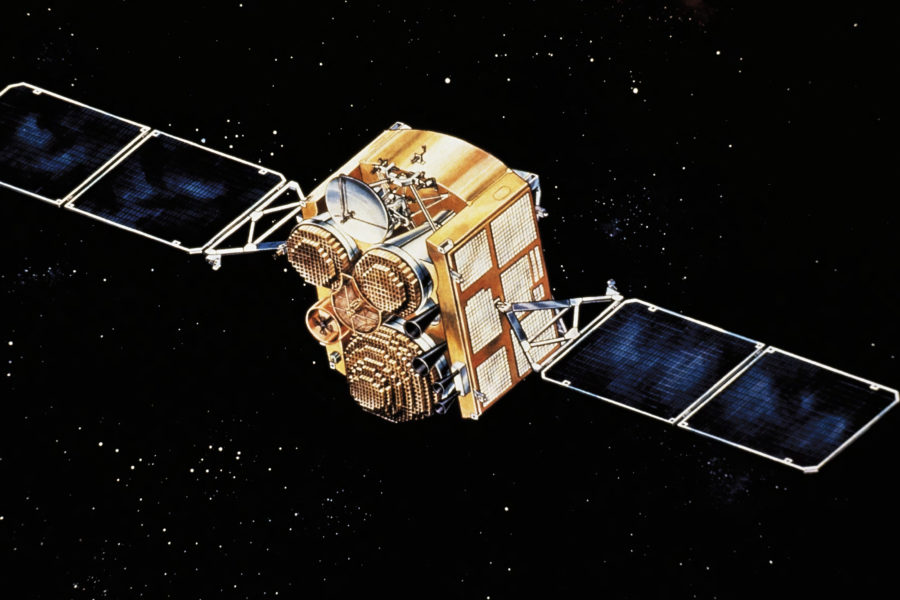Defense Satellite Communications System provides high-priority wartime and strategic SHF communications between high-level leadership and deployed forces and ships worldwide.
Satellites enable high-data rate, secure, nuclear-hardened, jam-resistant military comms.
In addition to joint service command and control, interagency users include the National Command Authority, White House Communications Agency, and Diplomatic Telecommunications Service.
The last of 14 DSCS IIIs launched in 2003. AFSPC inactivated its two oldest DSCS satellites, B-12 in July 2014 and DSCS-10 in June 2015, B-12 having exceeded its designed life span by 12 years.
The final four DSCS satellites received SLEP before launch, providing higher-power amplifiers, more sensitive receivers, and increased antenna connection options.
The satellites also carry a single channel transponder to disseminate emergency action and force direction messages to nuclear-capable forces.
WGS began augmenting DSCS in 2007 and will gradually replace the constellation.
Contractors: Lockheed Martin.
Operator/Location: USSF SpOC; Schriever SFB, Colo.
First Launch: Launch: DSCS II 1971; DSCS III 1982; DSCS III/SLEP 2000.
IOC: Dec. 13, 1978 (DSCS II).
Design Life: 10 yr (III).
Launch Vehicle: Atlas II, NSSL, Space Shuttle Atlantis (two satellites, 1985).
Constellation: Six (III); 14 deployed/six operational.
Active Satellites: •DSCS III. Current base on-orbit variant. •DSCS III. SLEP. Upgrade configuration of last four satellites launched.
Dimensions: Rectangular body 6 x 6 x 7 ft, 38-ft span with solar arrays deployed.
Weight: 2,580 lb; 2,716 lb (SLEP).
Performance: Employs six independent SHF transponder channels for secure voice and high-rate data communications.
Orbit Altitude: Geosynchronous at 22,000+ miles.
Power: Solar arrays generating 1,269 watts, decreasing to 980 watts after 10 yr; 1,500 watts (SLEP).


